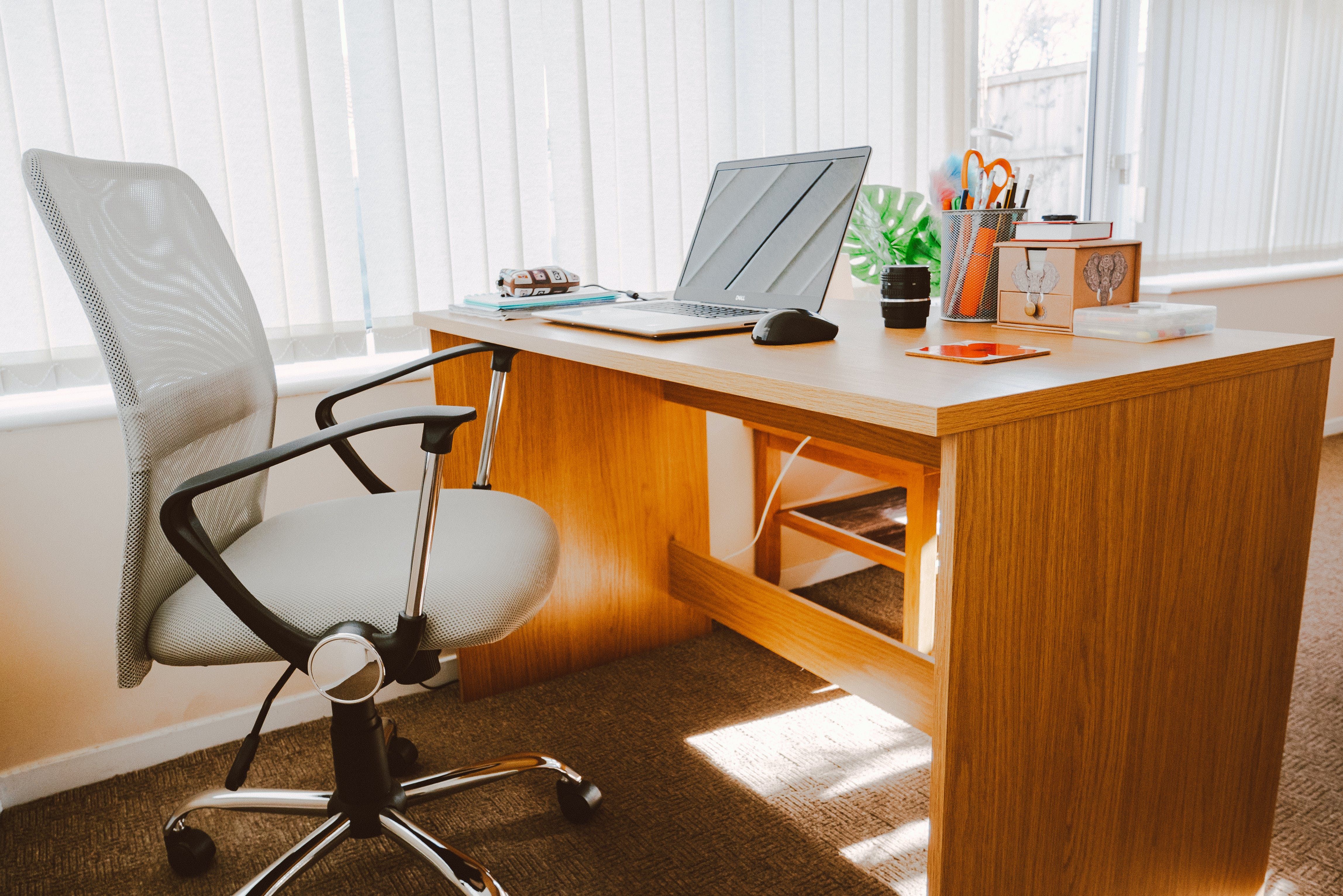
Sitting in one place for too long? Staying in one position for extended periods can cause discomfort in the lower back. A study shows that sitting postures affect lower back muscles which is the reason behind the pain.
But what is the solution to this? We have prepared an ultimate guide for people who tend to work at desks for prolonged hours. Here are some ways you can not only correct your posture but also alleviate your pain.
Desk stretches for back pain

Chest stretching
To correct your posture, you can start by stretching out your chest. It will make your spine and hip muscles even and a better spine alignment.
Remain seated on your chair and put your feet flatly on the ground. Grab the sides or back of the chair and give a light chest stretch. Pull the chest forward by bringing your shoulder blades together and hold the position for 15 seconds. This can be repeated 2-3 times for maximum benefit.
Neck rolling
Sitting often causes neck and upper back pain as well which can be relived by neck rotation.
Sit up straight on your chair. Next, grab one end on the side of the chair and move your neck in the opposite direction. Stay in this pose for 10 seconds and repeat it for the other side.
Upper body stretch
The upper back stretching can help to elongate the spine and provide a better posture.
Start by sitting straight on your chair with your feet completely flat on the ground. Interlock your hands and put them above your head with palms facing upwards. You can hold this position for around 30 seconds.
Forward stretch
To loosen up the tension in your lower back, a full forward stretch while sitting can help.
Stay seated on the chair and put your feet on the ground with a shoulder width between them. Now, slowly bend forward as far as possible and put your hands on the floor. This stretch can be repeated 3 times by holding the pose for 30 seconds.
.thumbnailWrapper
width:6.62rem !important;
.alsoReadTitleImage
min-width: 81px !important;
min-height: 81px !important;
.alsoReadMainTitleText
font-size: 14px !important;
line-height: 20px !important;
.alsoReadHeadText
font-size: 24px !important;
line-height: 20px !important;

Posture correctors: Do they work?
Having a good posture is idealised but slouching has become a habit of many and it is certainly hard to break. This is why people often explore options such as posture correctors to help them sit straight and avoid slumping.
But is there any scientific data on how well they work? Until now, these posture devices have been known to help rectify the position of our shoulders, back and chest. However, it does not mean they can relieve back or neck pains.
Moreover, posture correctors are not to be worn the entire day- it makes you weaker as your muscles slack. To alleviate back or neck pain, it is best to rely on ergonomic furniture for desk-bound individuals. Also, if the condition persists, visiting a physiotherapist can help you identify the root problem.
Key features of ergonomic chairs
If you spend a lot of time working on the desk, having a flexible chair and desk can improve your performance and productivity. Here are a few features that you can look out for!
Seat height
The optimal height of a seat should allow a person to comfortably put their feet on the ground. Having a chair with adjustable seat height is ideal for work.
Backrest and recline
Chairs that provide lumbar support for the back are quite essential. Such ergonomic seats are designed with an “S” shape which helps our spine to be in the natural position. For more tailored usage and optimal back support, the chair should have an adjustable backrest.
Headrest
Working on a desk for a long can also cause neck, upper back and shoulder pain. A soft headrest on the chair can provide support to the neck and back of the head which relieves tension in those areas.
Take a stand against discomfort! Incorporate these desk stretches into your routine and embrace a pain-free work life. Here’s to a healthier, happier you!










